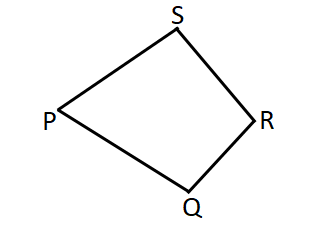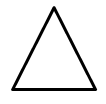Adjacent angles of a parallelogram are and then determine the measure of each angle.

Important Questions on Polygon
Look at the figures below and fill in the blanks.
|
Figure |
Name of the figure | No of vertices | No of sides | No of angles |
|
|
||||
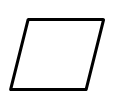 |
||||
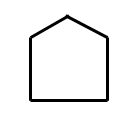 |
||||
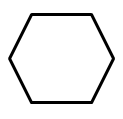 |
||||
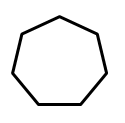 |
||||
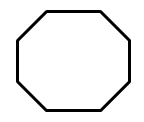 |
||||
 |
||||
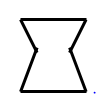 |
In the figure given below, draw diagonals from any one vertex and find the number of diagonals.
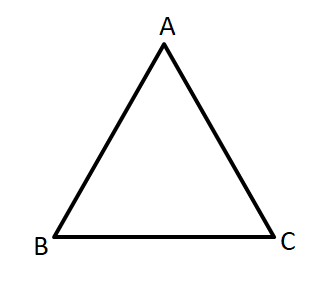
In the figure given below, draw diagonals from any one vertex and find the number of diagonals.
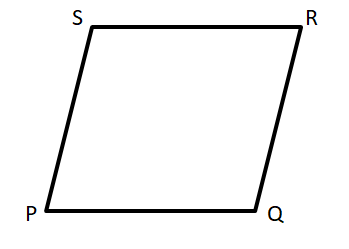
In the figure given below, draw diagonals from any one vertex and find the number of diagonals.
In the figure given below, draw diagonals from any one vertex and find the number of diagonals.
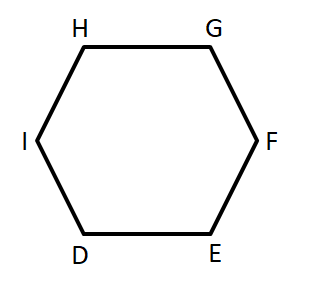
In the figure given below, draw diagonals from any one vertex and find the number of diagonals.
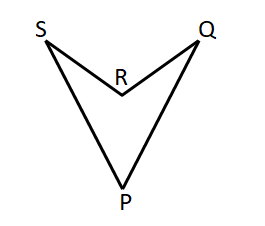
For the quadrilateral given below, draw the diagonals and find the answers of the following questions:
In how many triangles did the quadrilateral get divided?
Is the sum of internal angles of the two triangles equal to the sum of internal angles of the quadrilateral?
What is the value of the sum of internal angles of a triangle?
What is the sum of internal angles of a quadrilateral?
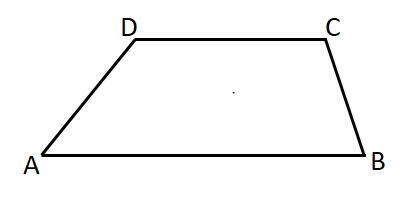
For the quadrilateral given below, draw the diagonals and find the answers of the following questions:
In how many triangles did the quadrilateral get divided?
Is the sum of internal angles of the two triangles equal to the sum of internal angles of the quadrilateral?
What is the value of the sum of internal angles of a triangle?
What is the sum of internal angles of a quadrilateral?
